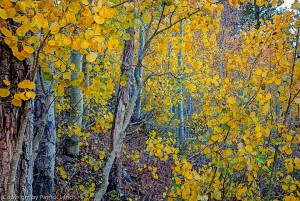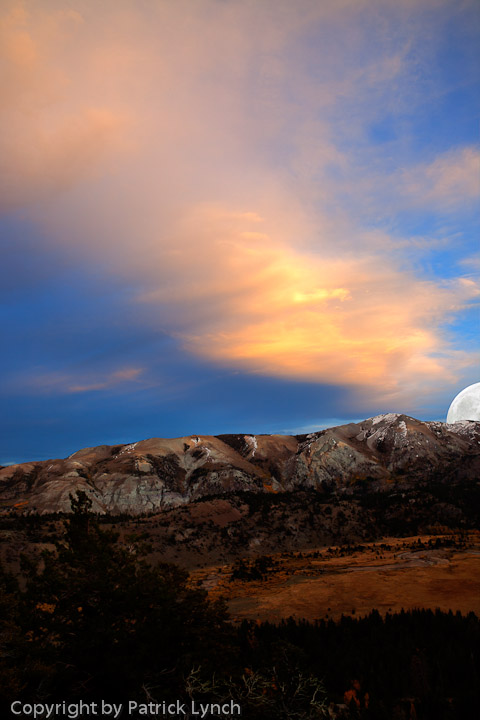I was pondering what makes a powerful photo? I was reflection on my photos from over the years some of which are here, others on my site (PLP), and found that the memorable, powerful photos were those that evoke strong emotions, even after years.
The cover image with the beam of light is a classic, almost cliche image, none the less it still has that strong sense of ‘let there be light’ of bringing light into our dark interiors. When I took the photo, I was not thinking of what feelings the scene evoked in me. Just that there was something (unknown at the time to me) that made that image the one to get.
The image below I found disturbing, and still do after all these years. It evokes my reaction to slavery, which in this case has a double meaning of a black man posing with number tag for bidding, and a person who is a slave to their body image. I would not hang this picture any place for a long time because I found it so disturbing, now it sits above my desk at work. What is your reaction to the photo? When I took the photo, again, I did not know what it was in that instant that called to me, rather just something that said ‘I want this image’. It wasn’t until I saw it in the digital darkroom that the impact of the image hit me.
The picture below is from the opposite extreme. It is a powerful photo because of the sense that I have a stairway to heaven. I have always had a fascination with reflections and so when I saw this initially I had to have the photo and knew that it was a powerful photo. Just how powerful I did not grasp until I saw the final result.
The Camp Wolverton sign, based off to the camp patch brings up strong feelings in me, and so is a powerful image for me, but unless you were a camp staff or camper you find it a very ho hum photo. I include this photo to illustrate that a powerful photo may depend on the context of the viewer. Some contexts may be more universal than others; how many Instagram photos are there of a meal? Those meal images are captured because of the feelings associated at the time, but 5 years or 10 years from now, what feelings will be associated with that Instagram pic?
Along these same lines are baby pictures. How many times has an excited person wanted to show you baby pics that you find ho hum at best? Well I now find myself on the other side of that conversation as a very proud grand pa ! I have lots of pic that show my wonderful baby grand daughter, would you like to see them? The point again is that they are powerful photos for me, but other than the family I would be surprised if anyone else is particularly moved by them.
It is probably too much to ask that we know what the feeling is of an image before we capture it, however, it is certainly a question we should ask ourselves as we review our images. What is it that makes a powerful photo?
- Composition helps, but all composition doesn’t cut it by itself
- The subject matter is part of it
- and the unknown rest of what goes into an image.




















































